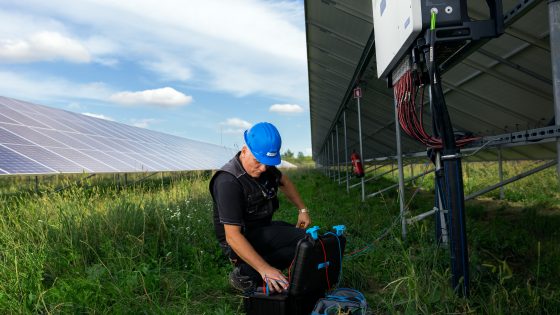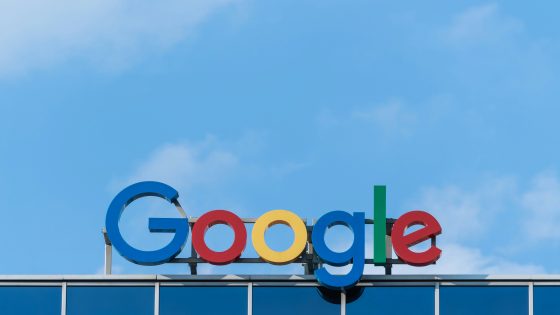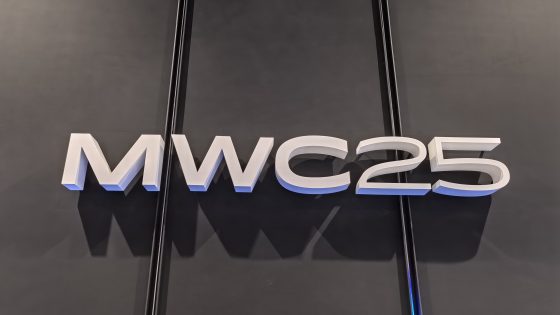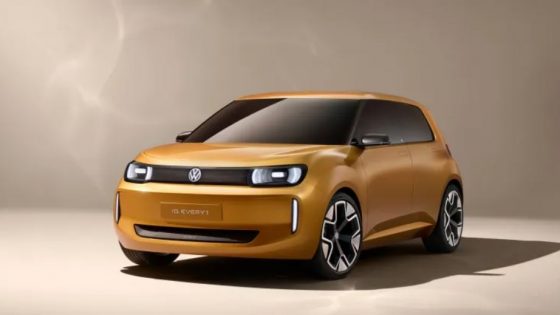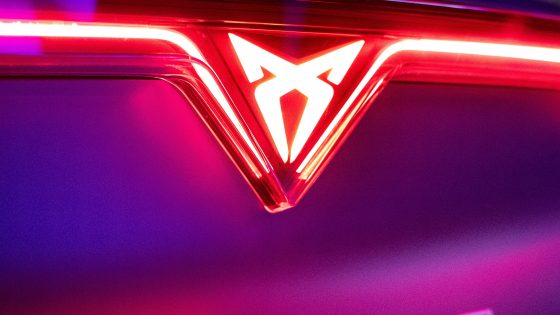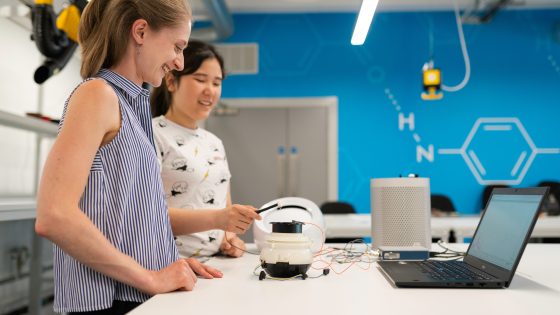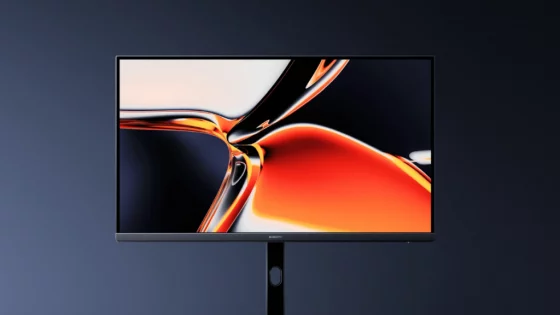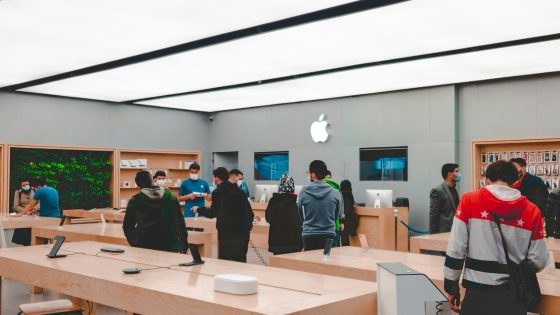Amazon by producing its own hydrogen
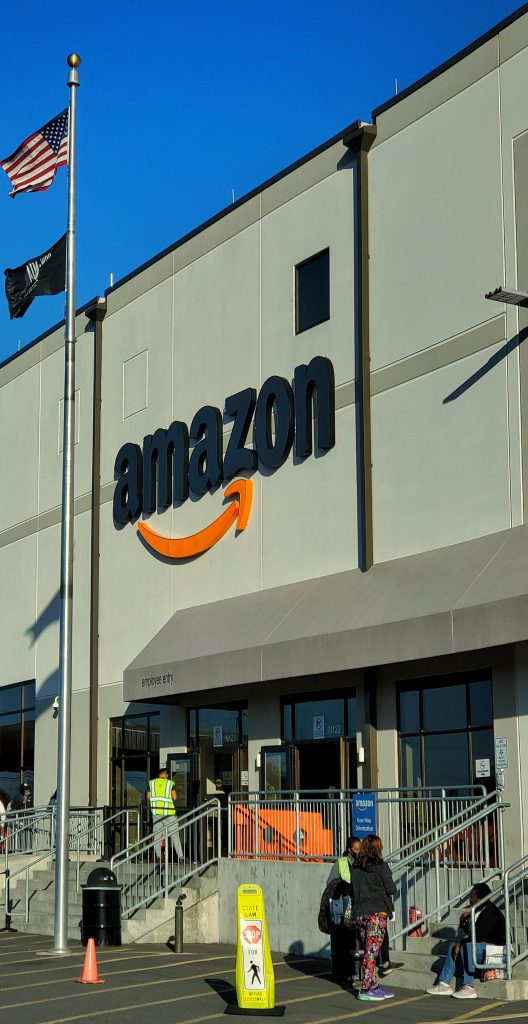
Toyota is one of the few car manufacturers that believes that hydrogen can be a good alternative fuel for power vehicles. Amazon apparently agrees, saying that hydrogen can be a more sustainable fuel for the vehicles in their warehouses. But they are aware that they will first have to optimize hydrogen production and also clean it.
Amazon plans to produce hydrogen fuel in its fulfillment centers. The American giant, in cooperation with Plug Power, installed the first electrolyzer - equipment that can split water molecules and produce hydrogen - at its fulfillment center in Aurora, Colorado.
The electrolyser will produce fuel for about 225 forklifts, although Plug claims it has the capacity to charge up to 400 hydrogen fuel cell-powered forklifts. This is the first time Amazon has attempted to produce its own hydrogen on-site. If the project is successful, we see no reason why it should not be extended to other locations.
"On-site production will enable the use of hydrogen in certain locations and in certain types of facilities to be even more energy efficient," Asad Jafry, Amazon's director of global hydrogen, said in a press release yesterday announcing the installation of the first electrolyser. economy. "Hydrogen is an important tool in our efforts to decarbonize our business by 2040."
Hydrogen is said to be a cleaner alternative to fossil fuels, which is why Amazon uses it in its warehouses. However, potential environmental benefits are still difficult to measure.
Hydrogen produces water vapor during combustion instead of greenhouse gases, making it more attractive to companies and governments working to meet climate goals. The big problem they have to solve is, above all, cleaning up the hydrogen production process. Today, it is mostly produced with fossil fuels, mainly by the reaction between steam and methane. This releases carbon dioxide, which warms the planet. Methane leakage is also a problem, as methane is an even more controversial greenhouse gas than CO2.
The Plug company is trying to solve these problems by using electrolytes to produce hydrogen. Instead of methane, it uses electricity to split water into hydrogen and oxygen. If this electricity is produced from renewable energy sources such as wind or solar, it is called green hydrogen. Although this method gets rid of pollution, it is still much more expensive than producing hydrogen the fossil way. The Biden administration is trying to change that with tax incentives and billions of dollars in federal funding for clean hydrogen production hubs. President Biden even invoked the Defense Production Act last year to encourage domestic production of electrolyzers.
Since 2016, Plug has supplied approximately 17,000 forklift fuel cells to more than 80 Amazon fulfillment centers across North America. Most of the hydrogen for these fuel cells, however, is produced elsewhere and is delivered to warehouses by Plug by truck.
By producing hydrogen on-site, you can get rid of the exhaust pollution caused by trucking the fuel. However, for now, greenhouse gas emissions associated with hydrogen production at the Colorado fulfillment center are still present. Why? The electrolyzer is connected to the electric grid, and fossil fuels still account for about 60 percent of the electricity in the United States.
To produce truly green hydrogen, Amazon will have to make sure its new electrolyzer runs on renewable energy sources. According to Jafry, the company is studying the possibility of connecting it to renewable energy sources produced on site, but does not yet have a concrete timeline for when that might happen.
Hydrogen can be a good alternative, especially for heavier machinery and towing vehicles. The problem, as mentioned, is its production, the energy density, which is worse compared to the electric drive, and the establishment of a distribution network, which presents many obstacles.







